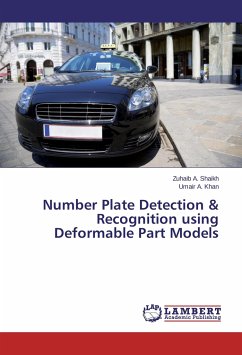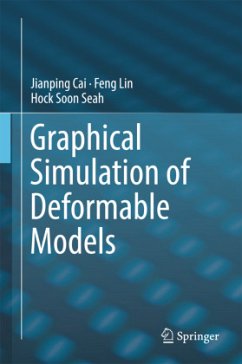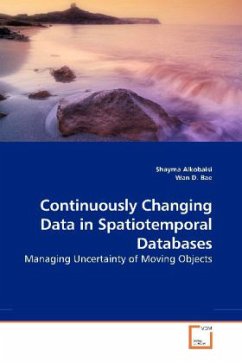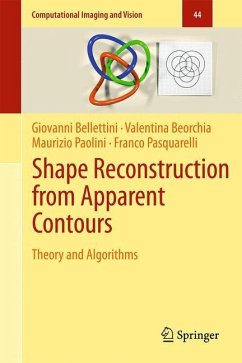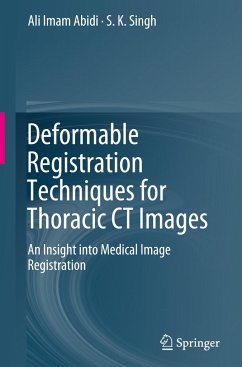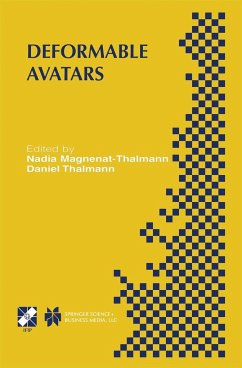
SPATIOTEMPORAL ANALYSIS OF DEFORMABLE CONTOURS
An in depth analysis of deformable contours that dealing with the problems of propagating user information with applications in medical images
Versandkostenfrei!
Versandfertig in 6-10 Tagen
39,99 €
inkl. MwSt.

PAYBACK Punkte
20 °P sammeln!
It is common to employ a shape model or motion model for the analysis of non-rigid motion. However, adequate amount of information about the motion type or the structure under deformation is not usually available. As a result, general assumptions have to be used for the employed model resulting in relatively inefficient and less robust systems due to inadequate constraints. This work presents a number of techniques that deal with the problems of spatiotemporal modeling of contours which assume the most general constraints in both spatial and temporal domains. The main application area of these...
It is common to employ a shape model or motion model for the analysis of non-rigid motion. However, adequate amount of information about the motion type or the structure under deformation is not usually available. As a result, general assumptions have to be used for the employed model resulting in relatively inefficient and less robust systems due to inadequate constraints. This work presents a number of techniques that deal with the problems of spatiotemporal modeling of contours which assume the most general constraints in both spatial and temporal domains. The main application area of these techniques are analysis of medical images, especially ultrasound image sequences. The techniques introduced was tested by performing experiments on synthetic and challenging real world data showing their effectiveness and feasibility for practical use.



